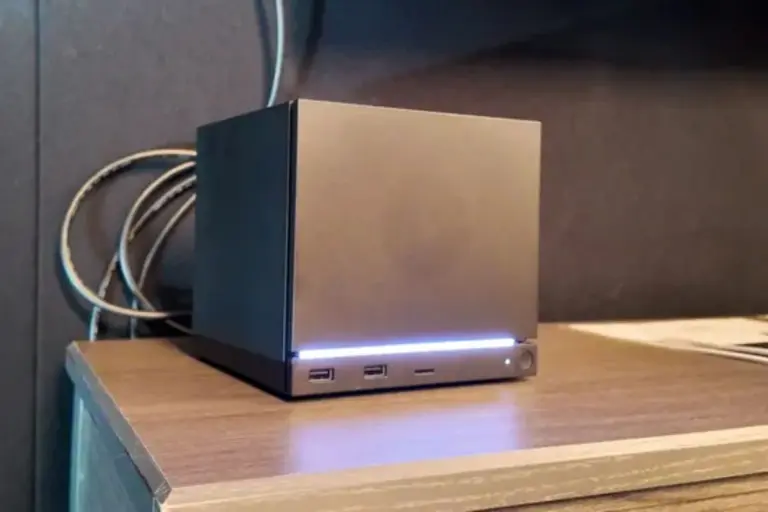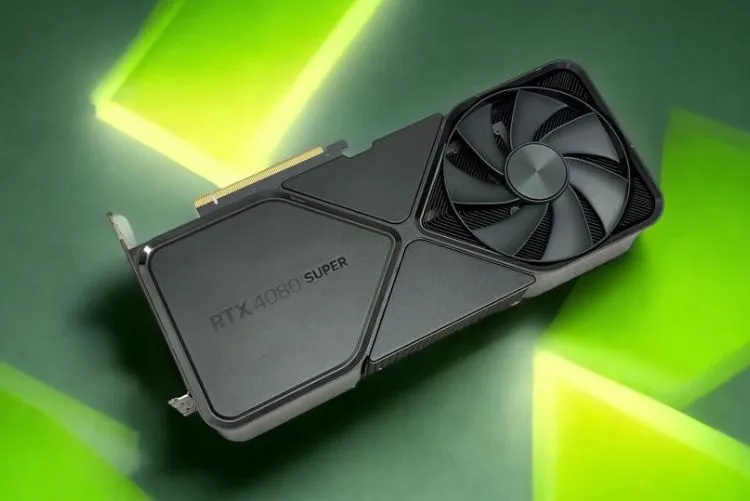I put 4 robot lawnmowers through a brutal backyard battle

Robot Lawn Mowers in 2024: Real-World Experience and Honest Review
It’s a sweltering August afternoon in 2024, with temperatures touching 101°F. I find myself flat on my back, drenched in sweat beneath a dusty 1970s Land Rover, trying to extract a Segway Navimow from under it. Lesson learned: Never let anyone park on your lawn when you’re using a robot lawn mower.
Robot lawnmowers have been around for decades, quietly promising a future of hassle-free lawn care. The idea is simple: enjoy your summer lounging with a drink in hand while your robotic assistant trims the grass. Only recently, however, have these machines become smarter, more accessible, and more affordable for average users. With advancements in navigation technology, modern robot mowers often no longer require physical boundary wires buried around the lawn. Although, in my case, I still had to do some trenching.
Prices have also started to come down. While high-end models like the Husqvarna Automower 430X can still run you upwards of $6,000, newer models are entering the market at prices below $1,000. These promise nearly the same performance in smaller, more manageable packages.

Over the past three months, I’ve tested four robot lawnmowers on my lawn: the Segway Navimow i110, Mammotion Luba 2 AWD, Dreame A1, and Husqvarna Automower 430X. After countless hours of observing, tweaking, rescuing, and occasionally swearing, I’ve concluded that robot lawnmowers, while promising, still fall short in many everyday scenarios.
Robot mowers work best on flat, open lawns with uniform grass types and minimal obstacles. They especially struggle with properties that have patchy coverage due to tree shade, uneven terrain, sandy or loose soil, and regular foot or vehicle traffic. My yard, filled with trees, tough Bermuda grass, and the occasional friend parking on the turf, quickly revealed the limitations of these machines.
One of the key benefits of newer models like the Segway Navimow is the GPS-assisted navigation system, which reduces or even eliminates the need for physical guide wires. However, in reality, the signal can easily be interrupted by nearby buildings or dense trees. This leads to errors, missed patches, and frequent recalibration. Some models also offer all-wheel drive (AWD) for rougher terrain, like the Mammotion Luba 2 AW, but even that doesn’t guarantee flawless performance if the ground is too sandy or uneven.
Battery life is another crucial consideration. Most robot lawnmowers run for about 90 minutes before needing a recharge, which can be a problem if your lawn is large. They usually return to their charging docks automatically, but obstacles, weather changes, or technical glitches often interfere with their self-navigation.
Durability is a mixed bag. The Husqvarna Automower 430X is undoubtedly one of the most robust mowers out there, built with premium materials and smart sensors. It handles moderate inclines and can manage rough patches better than most competitors. However, it’s also among the most expensive, and tech-savvy users best appreciate its advanced features.
On the other hand, the Dreame A1 is one of the newer entries into this space. It boasts impressive features like LiDAR navigation and real-time mapping through an app. Its user interface is sleek, and the initial setup is less painful than most. But it too struggled with thick grass and often got confused near flower beds or garden decor.
One of the most overlooked aspects of robot lawnmowers is maintenance. These are not “set it and forget it” devices. The blades need regular cleaning and replacement, the wheels accumulate grass and mud, and the software frequently needs updates. If you’re not prepared to babysit your robotic mower, you’ll likely be disappointed.
Weather resistance is another challenge. Most models are water-resistant but not waterproof. A sudden downpour can disrupt the operation, and extended exposure to high heat or humidity affects performance. In some instances, I had to manually bring the mower back to the dock because it refused to operate due to “abnormal environmental conditions.”
Still, there’s reason for optimism. Manufacturers are rapidly improving these devices. The newer models being announced this year promise better AI-based navigation, obstacle detection, improved mapping, and even integration with smart home systems. Some companies are working on vision-based navigation systems that use onboard cameras to “see” and avoid pets, toys, and even garden edges.
Related Post:
- OPPO K13 First Impression: A Solid Performer for Everyday Use
- GEEKOM Mini IT13 (2025 Edition) Review – Specs, Features & Performance
If your lawn is a textbook example of suburban simplicity—flat, rectangular, lightly shaded, and free of obstructions—then a robot mower could be a worthwhile investment. But for the average homeowner dealing with real-world complications, these devices still have a long road ahead before they can truly replace traditional mowers or professional lawn services.
In conclusion, robot lawnmowers in 2024 are impressive pieces of technology, but their success is highly dependent on the environment they’re placed in. They are not quite the magic solution many expect, and for now, traditional mowing methods may still be more practical for most households. But with continuous innovation and consumer demand, the day when we can fully trust robots to handle our yards without crawling under old trucks to rescue them is likely not too far off.


![Gorilla Mind Reviews Is This Safe In Your Workout Days? [2024] Gorilla Mind Reviews](https://mediatalky.com/wp-content/uploads/2024/02/Gorilla-Mind-Reviews-Is-This-Safe-In-Your-Workout-Days-1-768x488.jpg)



